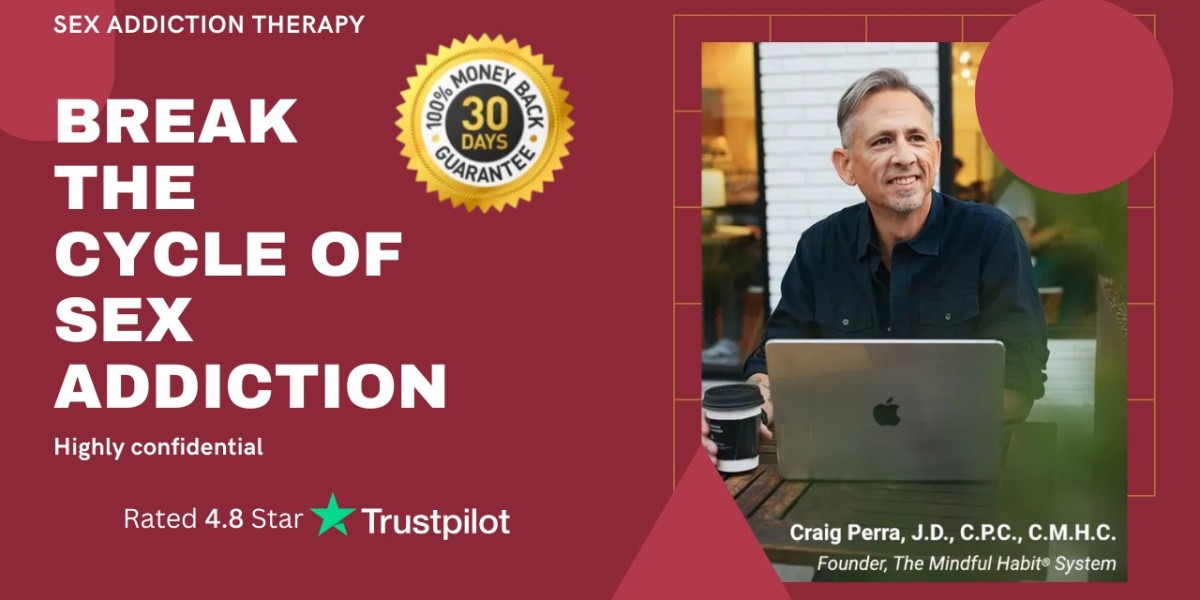Sex addiction, also known as hypersexuality or compulsive sexual behavior, is a condition characterized by an inability to control sexual urges despite negative consequences. Understanding and managing the triggers of sex addiction is crucial for individuals seeking recovery.
Triggers are stimuli or situations that prompt the urge to engage in addictive behavior. By identifying these triggers and developing strategies to manage them, individuals can work towards achieving long-term recovery.
Identifying Triggers of Sex Addiction
Triggers can be broadly categorized into internal and external triggers. Internal triggers are related to emotions, thoughts, and physiological states, while external triggers involve people, places, and situations.
Internal Triggers
Emotional Triggers: Feelings such as loneliness, anxiety, depression, anger, or boredom can drive individuals to seek solace in sexual activities. These emotions can create a sense of urgency and lead to compulsive behavior as a coping mechanism.
Cognitive Triggers: Negative thought patterns, such as self-criticism, feelings of inadequacy, or obsessive thoughts about sex, can serve as triggers. Cognitive distortions can intensify the urge to engage in addictive behaviors.
Physiological Triggers: Physical states like fatigue, pain, or hormonal changes can also act as triggers. These physiological conditions can lower an individual's resistance to compulsive behaviors.
External Triggers
Environmental Triggers: Certain environments or situations, such as being alone at home, visiting specific websites, or frequenting places associated with past sexual activities, can trigger addictive behaviors.
Social Triggers: Interactions with certain people or groups that encourage or normalize sexual behavior can act as triggers. Peer pressure or exposure to explicit conversations and media can influence an individual's behavior.
Visual and Auditory Triggers: Exposure to sexually explicit material, whether online, in print, or through media, can trigger cravings. Even seemingly innocuous stimuli, like certain music or imagery, can serve as powerful triggers.
Managing Triggers of Sex Addiction Treatment
Effective management of sex addiction involves a combination of self-awareness, behavioral strategies, and support systems. Here are several techniques to help manage triggers:
Building Self-Awareness
Tracking and Journaling: Keeping a daily journal to track emotions, thoughts, and situations that lead to urges can help individuals identify patterns and specific triggers. This practice fosters self-awareness and provides valuable insights into the underlying causes of addiction.
Mindfulness and Meditation: Practicing mindfulness helps individuals stay present and aware of their thoughts and feelings without judgment. Meditation techniques, such as deep breathing and body scanning, can reduce stress and increase emotional regulation.
Developing Healthy Coping Strategies
Emotion Regulation: Learning to manage emotions in healthy ways is crucial. Techniques such as cognitive restructuring (challenging and changing negative thought patterns), stress management exercises, and engaging in hobbies or physical activities can help.
Distraction Techniques: Engaging in activities that divert attention away from triggers can be effective. Hobbies, exercise, creative pursuits, or spending time with supportive friends and family can provide healthy distractions.
Environmental and Situational Management
Creating Safe Spaces: Modifying the environment to reduce exposure to triggers is essential. This might involve setting up internet filters, avoiding certain places or social situations, and removing access to sexually explicit material.
Establishing Boundaries: Setting clear boundaries with people who may act as triggers is vital. This could include limiting contact with certain individuals, avoiding specific conversations, and seeking supportive relationships that encourage recovery.
Seeking Professional Support
Therapy and Counseling: Working with a therapist, particularly one who specializes in sex addiction, can provide structured support. Cognitive Behavioral Therapy (CBT) is especially effective in identifying and managing triggers by changing thought patterns and behaviors.
Support Groups: Joining support groups such as Sex Addicts Anonymous (SAA) can provide a sense of community and accountability. Sharing experiences and coping strategies with others facing similar challenges can be incredibly beneficial.
Relapse Prevention and Long-Term Strategies
Developing a Relapse Prevention Plan: Creating a detailed plan to handle potential relapse situations is crucial. This plan should include recognizing warning signs, having a list of coping strategies, and knowing whom to contact for support.
Regular Check-Ins: Regularly reviewing progress, adjusting strategies as needed, and celebrating milestones in recovery can help maintain motivation and resilience.
Conclusion
Understanding and managing the triggers of sex addiction is a fundamental step towards recovery. By identifying internal and external triggers, building self-awareness, developing healthy coping strategies, and seeking professional support, individuals can effectively manage their addiction. A comprehensive approach that combines behavioral techniques, environmental adjustments, and emotional regulation can lead to sustained recovery and a healthier, more fulfilling life.









